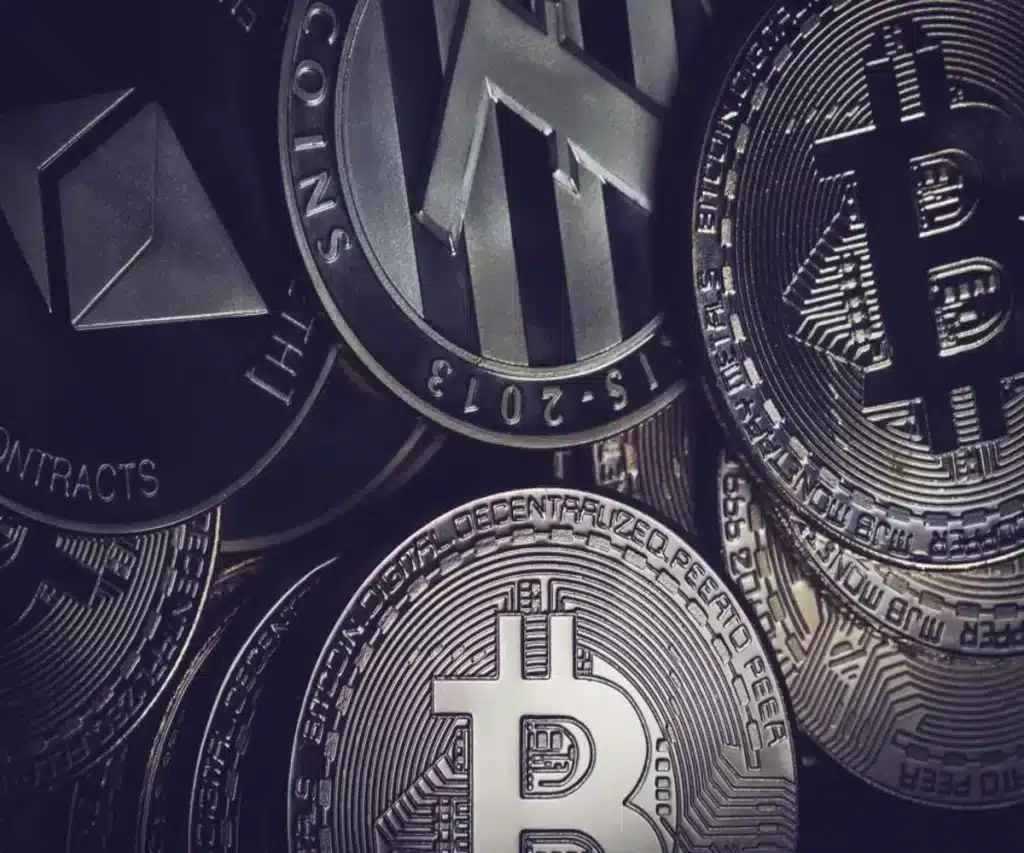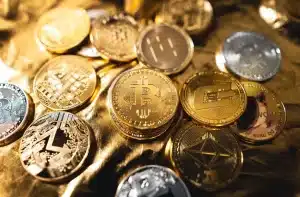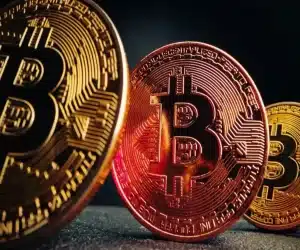XRP, also known as Ripple, is a digital currency that was first released in 2012. However, it wasn’t until 2013 that it was officially adopted as the native currency of the Ripple network. The Ripple network is a real-time gross settlement system, currency exchange, and remittance network created by Ripple Labs Inc. It enables instant, secure, and low-cost international money transfers, and XRP serves as a bridge currency to facilitate these transfers. In this article, we will explore the unique features of XRP that make it stand out from other cryptocurrencies.
XRP TOKENS HELD BY RIPPLE LABS
The total supply of XRP is capped at a fixed amount of 100 billion. This means that there will never be more than 100 billion XRP in existence. As of January 23, 2023, about 50.79 billion XRP is in circulation. This is an important aspect of XRP as it gives it scarcity, which is a key characteristic of any valuable asset. This scarcity in supply also helps in maintaining the value of XRP in the long run. Unlike Bitcoin, which has a halving mechanism to decrease its inflation rate, XRP’s scarcity is built-in and fixed. The XRP tokens that are not in circulation are held by Ripple Labs, the company behind the Ripple network. These tokens are used to incentivize market makers and to fund the development of the Ripple network. The capped supply of XRP also makes it different from other cryptocurrencies, where there is no limit to the number of tokens that can be created.
XRP: DIFFERENT FROM DECENTRALIZED CRYPTOCURRENCIES
Unlike Bitcoin and other cryptocurrencies, XRP is not mined. Instead, it is issued by Ripple Labs, the company behind the Ripple network. This means that XRP is not created through a process of solving complex mathematical equations, as is the case with Bitcoin and other proof-of-work (PoW) cryptocurrencies. Instead, Ripple Labs issues XRP to the market at its discretion, and the total supply of XRP is capped at 100 billion. This centralization of issuance is one of the key differences between XRP and other decentralized cryptocurrencies like Bitcoin. As XRP is not mined, there is no need for powerful computing equipment and electricity to create new XRP, which makes it more environmentally friendly than PoW-based cryptocurrencies. The issuance of XRP by Ripple Labs also allows for a more controlled and predictable monetary policy, which can help in maintaining the value of XRP in the long run.
THE POWER OF XRP FOR GLOBAL MONEY TRANSFERS
One of the key features of XRP is its ability to facilitate fast and cost-effective global money transfers. The Ripple network, which uses XRP as its native currency, is designed to enable real-time gross settlement of transactions. This means that transactions can be settled in just 4 seconds, which is significantly faster than traditional banking systems that can take days to settle cross-border transactions. Additionally, the Ripple network can handle up to 1,500 transactions per second, which is much higher than other blockchain-based systems such as Bitcoin and Ethereum. This high transaction throughput allows for a large number of users to send and receive money simultaneously, making it suitable for high-volume use cases such as remittances and cross-border payments. The combination of fast transaction settlement and high transaction throughput makes XRP an efficient and cost-effective way to transfer money globally.
FINANCIAL INSTITUTIONS EMBRACE XRP
XRP has been adopted by a number of financial institutions to facilitate cross-border payments. One of the key benefits of XRP is its ability to enable fast and cost-effective global money transfers, which makes it a suitable option for financial institutions that need to process high volumes of cross-border transactions. Some of the financial institutions that have adopted XRP include Santander, American Express, and Standard Chartered. For example, Santander has used XRP to power its One Pay FX platform, which allows for instant cross-border payments between the UK, Spain, Poland, and Brazil. American Express also uses Ripple’s technology, which includes XRP, to power its FX International Payment service, which enables customers to make real-time, trackable cross-border payments. The adoption of XRP by these and other financial institutions is a testament to its capabilities as a global payments solution.
XRP’S LEGAL BATTLE: SEC CLASSIFICATION AS SECURITY
XRP has faced legal challenges from the U.S. Securities and Exchange Commission (SEC) in the past, which has alleged that XRP is a security and not a currency. The SEC’s classification of XRP as a security would mean that it would be subject to federal securities laws, and would require Ripple Labs, the company behind XRP, to register with the SEC and comply with various disclosure and reporting requirements. This would have significant implications for the XRP market, as it could limit the ability of U.S. investors to buy and sell XRP, and could also lead to greater regulatory scrutiny of XRP-related activities.
In December 2020, the SEC filed a lawsuit against Ripple Labs Inc, its CEO and Executive Chairman for conducting an unregistered securities offering of XRP, raising over $1.38 billion. The SEC also alleged that the XRP is a security, not a currency. Ripple Labs and its executives deny the allegations of the SEC and they are fighting the lawsuit in court. This legal challenge is still ongoing, and the outcome could have a significant impact on the future of XRP and the broader cryptocurrency market.
XRP’S MARKET GROWTH DESPITE SEC BATTLE
Despite the legal challenges from the U.S. Securities and Exchange Commission (SEC), XRP remains one of the largest cryptocurrencies by market capitalization. As of 2023, XRP is ranked as the sixth-largest cryptocurrency by market capitalization, behind Bitcoin, Ethereum, Tether, Binance Coin and USD Coin. This means that XRP is still considered to be a major player in the cryptocurrency market. The fact that XRP has remained one of the largest cryptocurrencies despite the legal challenges shows that it has a significant level of investor interest and support.
The ongoing lawsuit with the SEC has created a lot of uncertainty for the XRP holders and investors. The outcome of the lawsuit and the SEC’s ruling can have a major impact on the price of XRP and the future of cryptocurrency. However, many investors and traders continue to trade XRP on a number of crypto exchanges, despite the lawsuit. This is an indication that XRP has a strong level of demand and support in the market.
CONCLUSION
XRP has several unique features that make it different from other cryptocurrencies. Its ability to facilitate fast and cost-effective global money transfers, its capped supply, and the fact that it is not mined are some of the key characteristics that set it apart. Additionally, the adoption of XRP by financial institutions for cross-border payments further underscores its capabilities as a global payments solution. Despite facing legal challenges from the SEC, XRP continues to be one of the largest cryptocurrencies by market capitalization. This article provides an overview of these unique features and highlights the significance of XRP as a key player in the cryptocurrency market.





